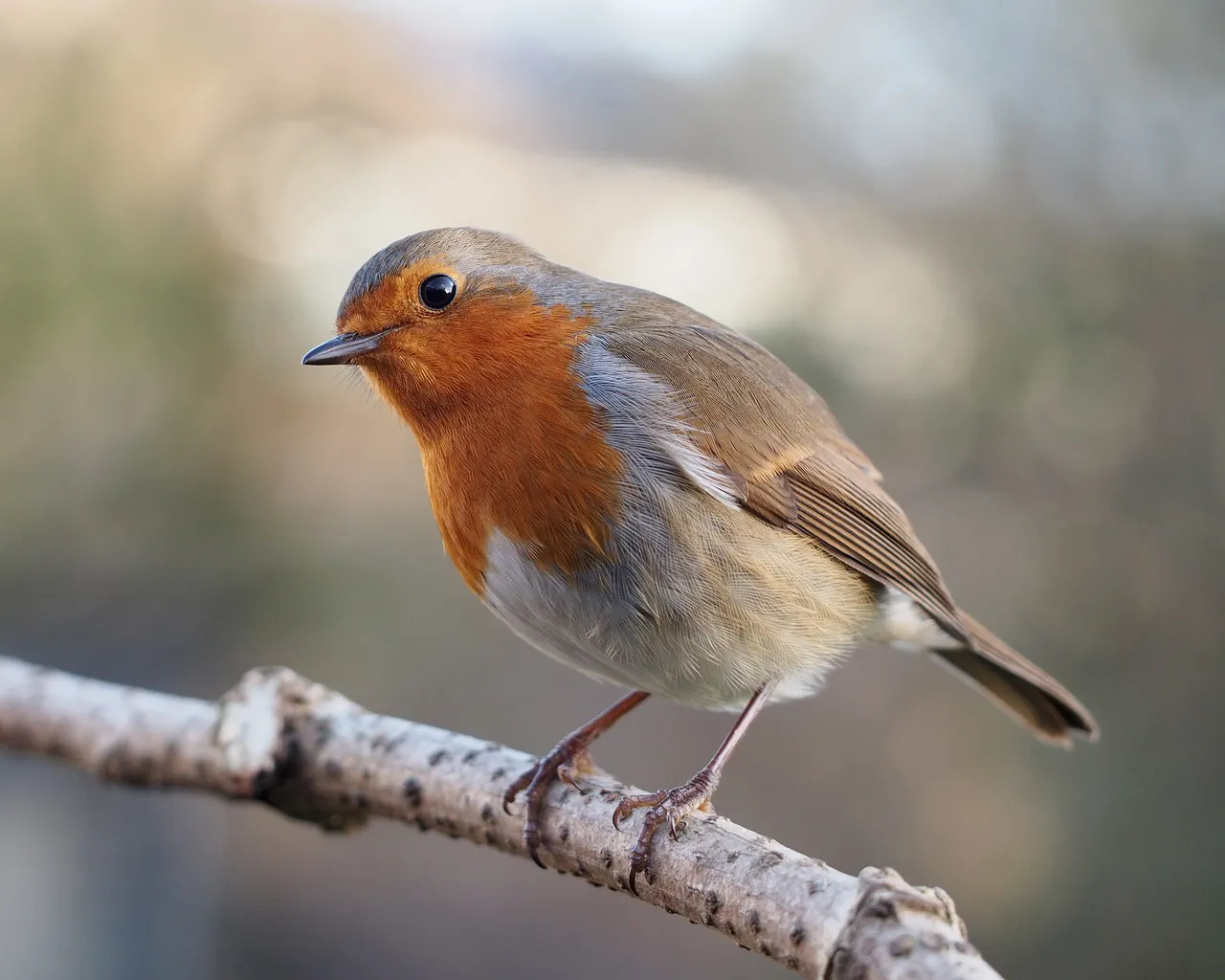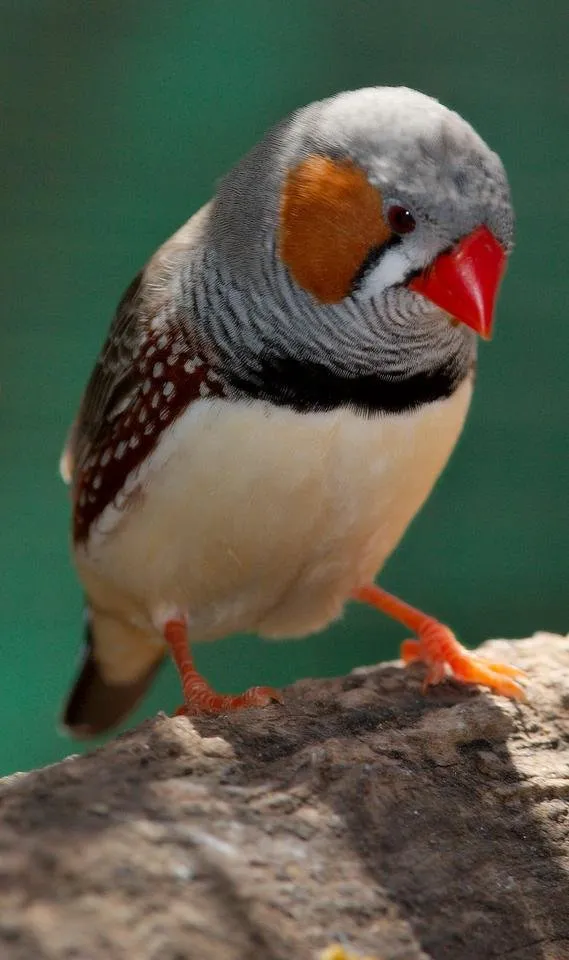Have you ever wondered how birds are able to migrate halfway across the globe every year and still be able to find their own nest when they return home for the summer? This questions had biologists baffled for a very long time, and there was lots of different theories as to how they were able to navigate over such long distances, and some have gone to great lengths to figure it out.
Back in the 1960s, two scientists named Merkel and Wiltschko did experiments on homing pigeons where they learned that they were able to navigate in huge cement bars with no cues at all. This ruled out the possibility that they used their sight or any other senses as a primary sense. Once they did the same experiment with a big steel cages, the birds were unable to navigate since the metal interfered with magnetic fields.

A homing pigeon; the bird used to figure out how birds navigate by using the Earth’s magnetic fields. Image is Public Domain.
Today all scientists agree that a lot of birds are able to use magnetoreception to achieve this. What this means is basically that they are able to detect the Earth’s magnetic field to perceive direction, altitude and location, and are thus able to find their way home after flying hundreds of kilometers every single half-year. The easiest way to comprehend this is to think of it like an internal compass they have inside their body.
How do the birds use this magnetoreception?
Despite knowing that the birds have this ability, the knowledge of how it works have been largely unknown. For the last few decades researchers have believed that the birds have this ability because of special cells inside the birds’ beaks that are rich in the metal iron, but no one were able to successfully explain exactly how it worked.
During the last few years a lot of scientists have believed that there was another mechanism that were responsible for the magnetoreception ability, and just this month two independent research articles posted pretty much the same result from different birds!

A European robin; one of the birds used for the research. Image by Francis C. Franklin, posted with the Creative Commons Attribution-Share Alike 3.0 Unported license.
What they did was research a group of proteins that are found in the eyes of the birds. This group of proteins (known as cryptochromes) are involved in controlling the biological sleep cycle of the birds, and are known as Cry1, Cry 2, and Cry4. However, what they realized is that while Cry1 and Cry2 follows the rhythmic pattern that rose and fell over the day (as expected), the Cry4 protein was constantly produced.
They also found out that the Cry 4 protein is located on a part of the retina that receives a lot of light, and would be the perfect place to have a biological compass. And that is exactly what the hypothesize that the protein is used for!
In other words, both scientists from both the two independent research groups both came to the same conclusion that there is strong evidence that this Cry4 protein is acting as the internal compass that is responsible for the magnetoreception ability in birds.
Read the journals yourself
While I hope this post brought you up to speed about the new development in the theories as to how birds navigate with the Earth’s electric field, there are no sources better than the original. As I said, there are two different papers that both came to the same conclusion independently from each other, so check them out:
- Double-Cone Localization and Seasonal Expression Pattern Suggest a Role in Magnetoreception for European Robin Cryptochrome 4.
- Expression patterns of cryptochrome genes in avian retina suggest involvement of Cry4 in light-dependent magnetoreception.
Unfortunately only the second article is available for free unless you got access from a school or something like that, but the abstract should at least give you a good glimpse of it.

A zebra finch was used by the other research group. Image by Peripitus, posted with the Creative Commons Attribution-Share Alike 3.0 Unported license.
This is still a hypothesis, which means it has not been proven yet
While this is really cool news, it’s important to keep in mind that while two independent research papers have come to the same conclusion, it is still far from proven that the Cry4 gene is responsible for the internal compass of the birds. So far no one has done a study where they have altered the function (or turned off) the gene that produces Cry4 to see if the birds could still navigate with the magnetic field, so there is still a chance that other mechanisms are responsible, or at least co-responsible.
We can be certain that scientists will do many experiments with this in the coming years, and it might just lead to some answers about how this ability functions. However, I think it is more likely that there will be a lot more questions before we figure out how to use the Earth’s magnetic field for biological navigation.
And before anyone asks; no, it is highly unlikely that you will be able to use CRISPR/Cas9 to get this ability for yourself in the foreseeable future! Hehe.
Thanks for reading
I hope you enjoyed this post! The sources are found in the text above, so make sure to click on them to learn more.
About @valth
Hey, I'm @valth - the author of this post. I love to write about nature, biology, animals, nature conservation, ecology and other related branches of science, and I occasionally write about my life, about Steem or about random stuff as well. I'm trying my best to write at least one post every day, so make sure to give me a follow if you enjoy my content and want to see more of it.
Join the @valth community!
I love nothing more than to engage with my readers, so please join the @valth community in the comment section. You will definitely find more information about the topic, personal experiences, questions, and even opposing views down there, so don't miss out on learning more.
I always reward users who post good comments, so please take the opportunity to share your views and get a small upvote in exchange for it.